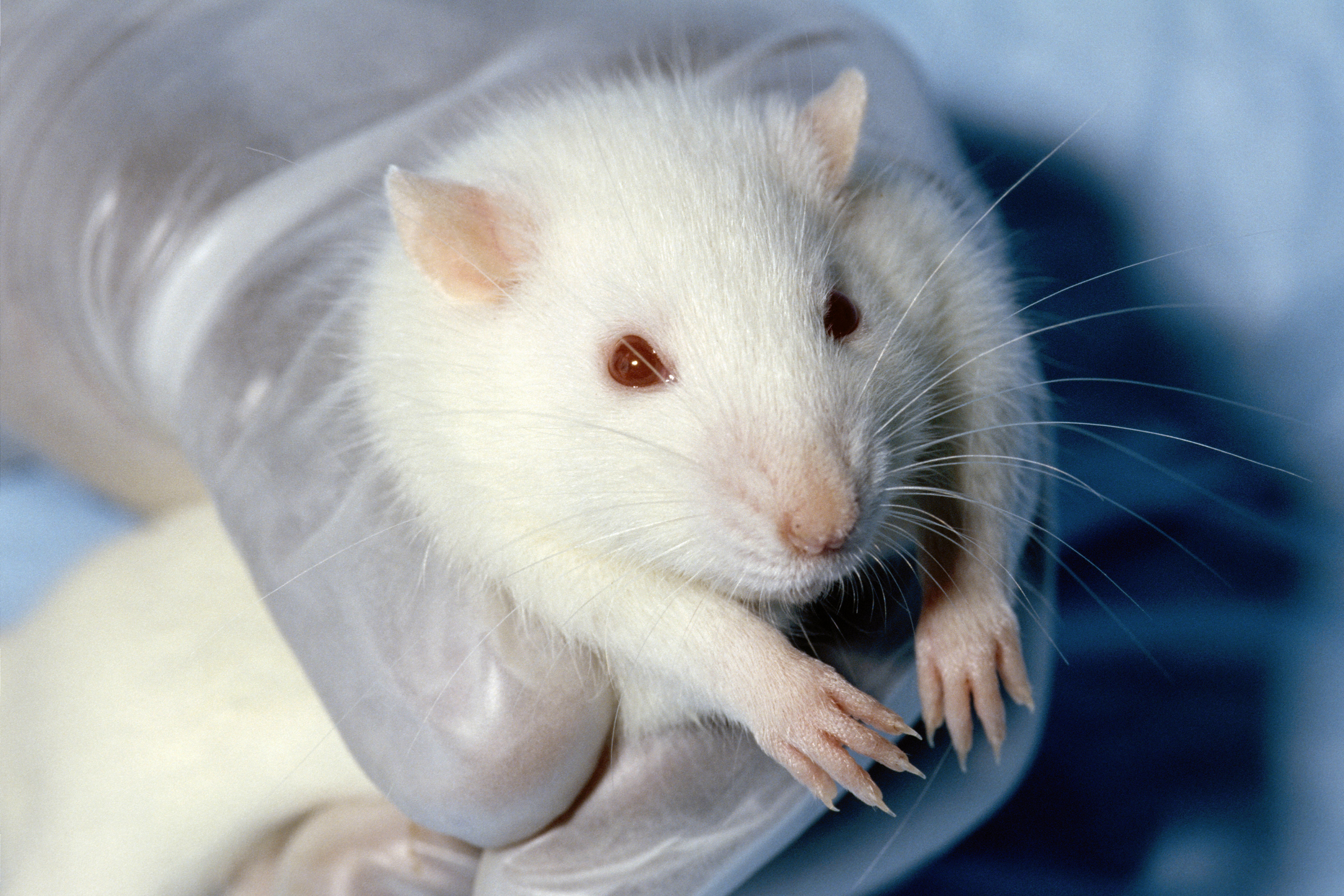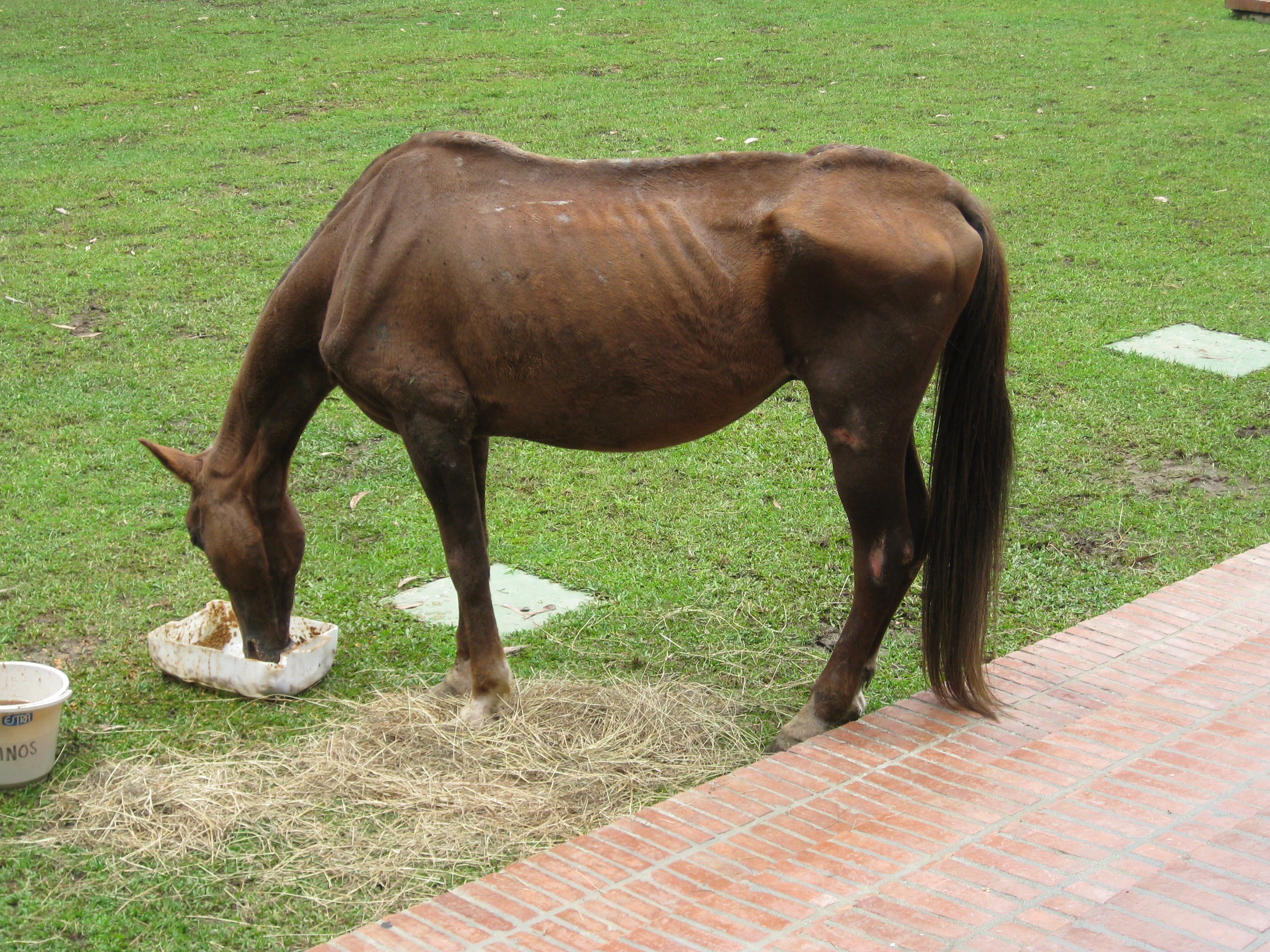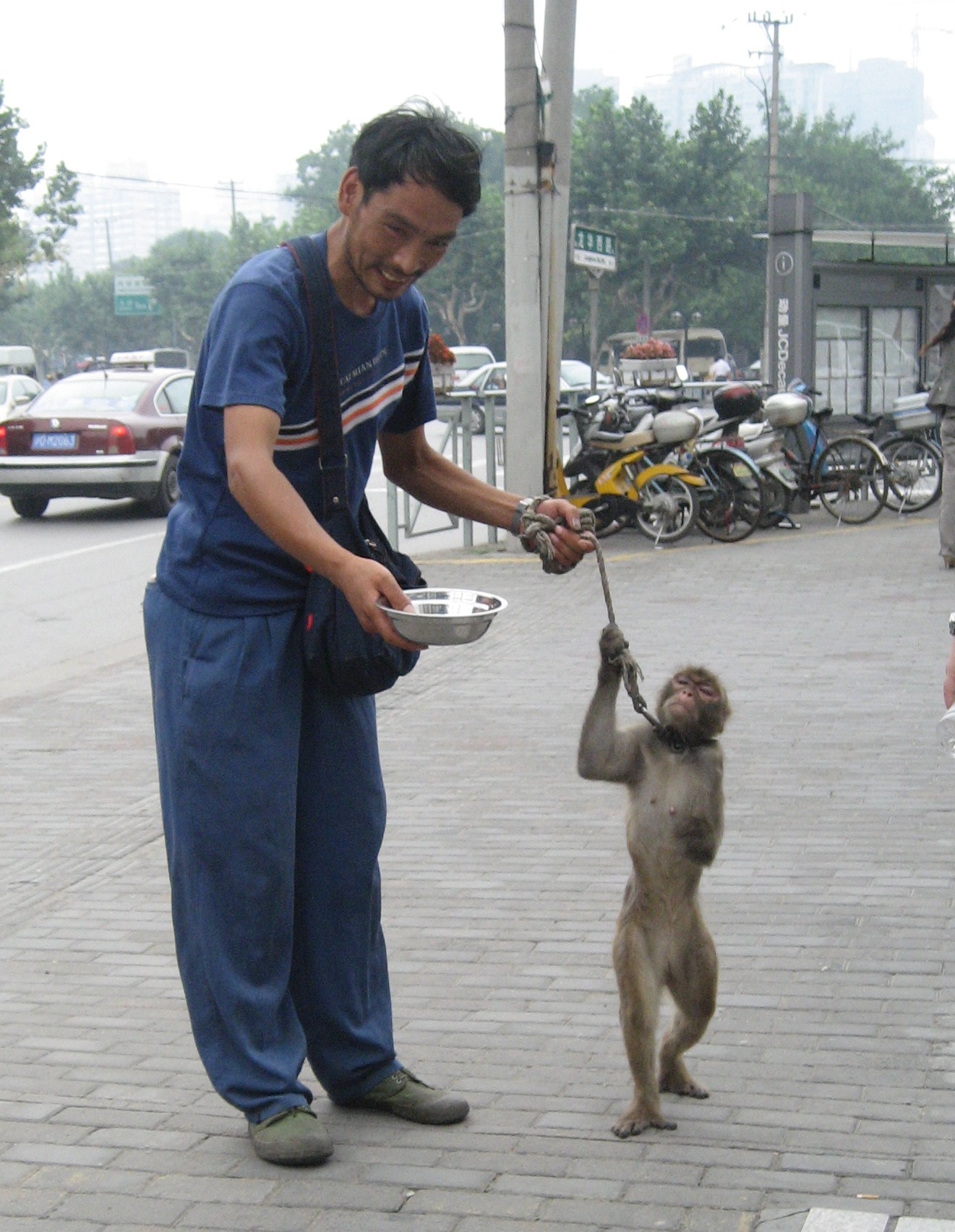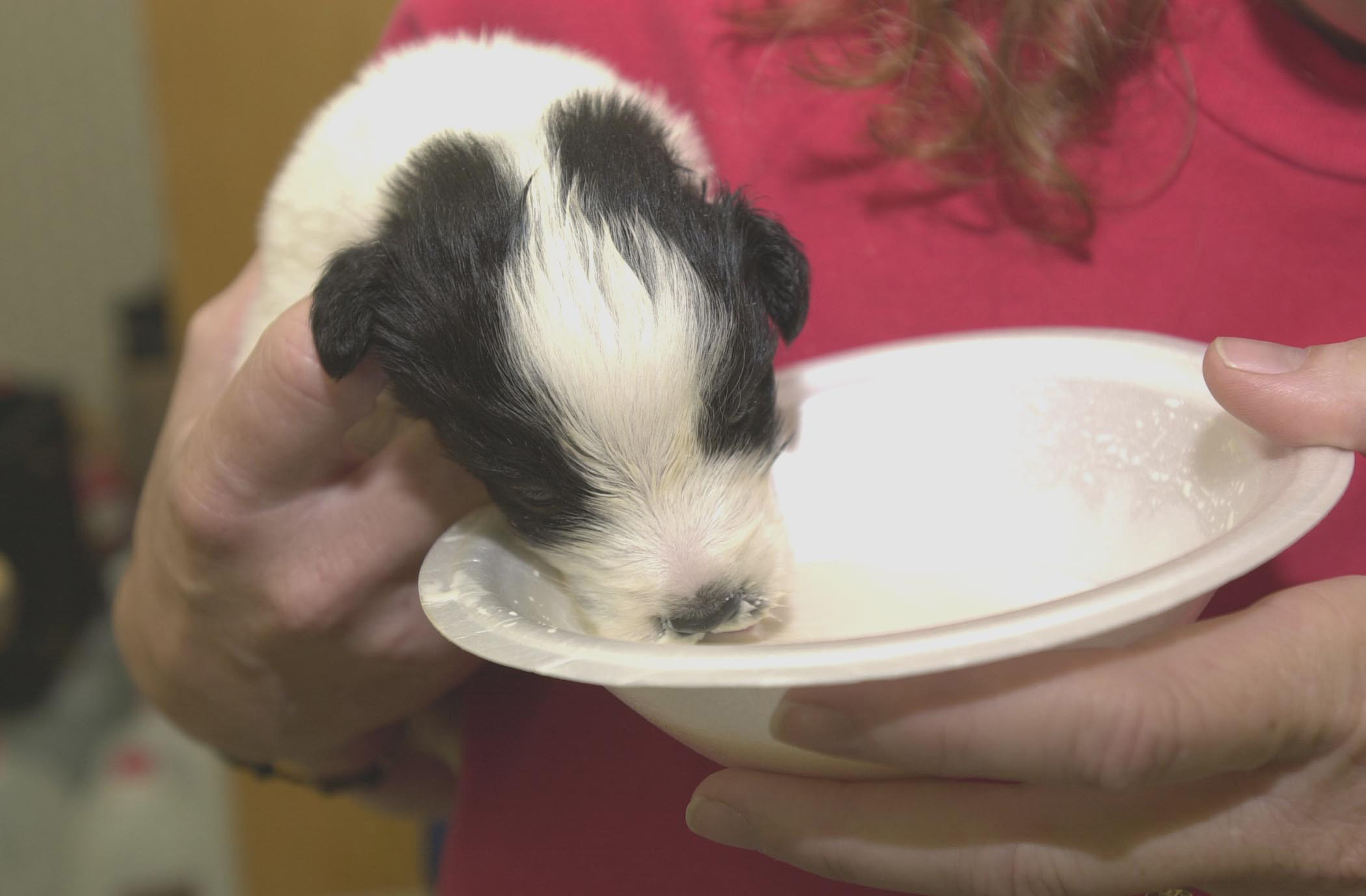|
Animal Testing Regulations
Animal testing regulations are guidelines that permit and control the use of non-human animals for scientific experimentation. They vary greatly around the world, but most governments aim to control the number of times individual animals may be used; the overall numbers used; and the degree of pain that may be inflicted without anesthetic. Europe Experiments on vertebrate animals in the European Union are since January 1, 2013. subject to '' Directive 2010/63/EU on the protection of animals used for scientific purposes'', which was finalized in November 2010 and updated and replaced the ''Directive 86/609/EEC on the protection of Animals used for Experimental and other scientific purposes'', adopted in 1986."Directive 86/609/EEC on ... [...More Info...] [...Related Items...] OR: [Wikipedia] [Google] [Baidu] |
Animal Testing
Animal testing, also known as animal experimentation, animal research, and ''in vivo'' testing, is the use of non-human animals in experiments that seek to control the variables that affect the behavior or biological system under study. This approach can be contrasted with field studies in which animals are observed in their natural environments or habitats. Experimental research with animals is usually conducted in universities, medical schools, pharmaceutical companies, defense establishments, and commercial facilities that provide animal-testing services to the industry. The focus of animal testing varies on a continuum from pure research, focusing on developing fundamental knowledge of an organism, to applied research, which may focus on answering some questions of great practical importance, such as finding a cure for a disease. Examples of applied research include testing disease treatments, breeding, defense research, and toxicology, including cosmetics testing. In edu ... [...More Info...] [...Related Items...] OR: [Wikipedia] [Google] [Baidu] |
The Farm Security Act Of 2002
The Farm Security and Rural Investment Act of 2002, also known as the 2002 Farm Bill, includes ten titles, addressing a great variety of issues related to agriculture, ecology, energy, trade, and nutrition. This act has been superseded by the 2007 U.S. Farm Bill. The act directs approximately 16.5 billion dollars of funding toward agricultural subsidies each year. These subsidies have a dramatic effect on the production of grains, oilseeds, and upland cotton. The specialized nature of the farm bill, as well as the size and timing of the bill, made its passage highly contentious. Debated in the U.S. House of Representatives during the immediate aftermath of the September 11th attacks in 2001, the bill drew criticism from the White House and was nearly amended. The amendment, which failed by a close margin, was proposed by Rep. Ron Kind (D-WI) and would have shifted money away from grain subsidies to conservation measures. Public debate over the farm bill continued, and t ... [...More Info...] [...Related Items...] OR: [Wikipedia] [Google] [Baidu] |
Federation Of European Laboratory Animal Science Associations
The Federation of European Laboratory Animal Science Associations is a pan-European stakeholder organisation, representing common interests in the furtherance of laboratory animal science in Europe and beyond. The organisation was founded in 1978 and is an umbrella organisation for European national or multinational associations. Members , the federation consisted of 22 member associations, representing 29 countries. * Association Française des Sciences et Technique de l'Animal de Laboratoire * Associazione Italiana per Scienze degli Animali da Laboratorio * Asociatia Romana pentru Stiinta Animalelor de Laborator * Baltic Laboratory Animal Science Association * Belgian Council for Laboratory Animal Science *Czech Laboratory Animal Science Association * Croatian Laboratory Animal Science Association * Dutch Association for Laboratory Animal Science * Gesellschaft für Versuchstierkunde * Georgian Association for Laboratory Animal Science * Hungarian Laboratory Animal Science Ass ... [...More Info...] [...Related Items...] OR: [Wikipedia] [Google] [Baidu] |
Cruelty To Animals
Cruelty to animals, also called animal abuse, animal neglect or animal cruelty, is the infliction by omission (neglect) or by commission by humans of suffering or harm upon non-human animals. More narrowly, it can be the causing of harm or suffering for specific achievements, such as killing animals for entertainment; cruelty to animals sometimes encompasses inflicting harm or suffering as an end in itself, referred to as zoosadism. Divergent approaches to laws concerning animal cruelty occur in different jurisdictions throughout the world. For example, some laws govern methods of killing animals for food, clothing, or other products, and other laws concern the keeping of animals for entertainment, education, research, or pets. There are several conceptual approaches to the issue of cruelty to animals. Even though some practices, like animal fighting, are widely acknowledged as cruel, not all people and nations have the same definition of what constitutes animal cruelty. Many ... [...More Info...] [...Related Items...] OR: [Wikipedia] [Google] [Baidu] |
Animal Rights
Animal rights is the philosophy according to which many or all sentient animals have moral worth that is independent of their utility for humans, and that their most basic interests—such as avoiding suffering—should be afforded the same consideration as similar interests of human beings. Broadly speaking, and particularly in popular discourse, the term "animal rights" is often used synonymously with "animal protection" or "animal liberation". More narrowly, "animal rights" refers to the idea that many animals have fundamental rights to be treated with respect as individuals—rights to life, liberty, and freedom from torture that may not be overridden by considerations of aggregate welfare. Many advocates for animal rights oppose the assignment of moral value and fundamental protections on the basis of species membership alone. This idea, known as speciesism, is considered by them to be a prejudice as irrational as any other. They maintain that animals should no long ... [...More Info...] [...Related Items...] OR: [Wikipedia] [Google] [Baidu] |
Animal–industrial Complex
The term animal–industrial complex (AIC) refers to the systematic and institutionalized exploitation of animals. It includes every economic activity involving animals, such as the food industry (e.g., meat, dairy, poultry, apiculture), animal testing (e.g., academic, industrial, animals in space), medicine (e.g., bile and other animal products), clothing (e.g., leather, silk, wool, fur), labor and transport (e.g., working animals, animals in war, remote control animals), tourism and entertainment (e.g., circus, zoos, blood sports, trophy hunting, animals held in captivity), selective breeding (e.g., pet industry, artificial insemination), and so forth. Proponents of the term claim that activities described by the term differ from individual acts of animal cruelty in that they constitute institutionalized animal exploitation. Killing more than 200 billion land and aquatic animals every year, the AIC has been implicated in climate change, ocean acidification, biodiversity lo ... [...More Info...] [...Related Items...] OR: [Wikipedia] [Google] [Baidu] |
Three Rs (animal Research)
The Three Rs (3Rs) are guiding principles for more ethical use of animals in product testing and scientific research. They were first described by W. M. S. Russell and R. L. Burch in 1959.Russell, W.M.S. and Burch, R.L., (1959). ''The Principles of Humane Experimental Technique'', Methuen, London.A digital version of the Principles may be accessed for free on thwebsiteof Johns Hopkins University's Center for Alternatives to Animal Testing (CAAT). The 3Rs are: #Replacement: methods which avoid or replace the use of animals in research #Reduction: use of methods that enable researchers to obtain comparable levels of information from fewer animals, or to obtain more information from the same number of animals. #Refinement: use of methods that alleviate or minimize potential pain, suffering or distress, and enhance animal welfare for the animals used. The 3Rs have a broader scope than simply encouraging alternatives to animal testing, but aim to improve animal welfare and scientif ... [...More Info...] [...Related Items...] OR: [Wikipedia] [Google] [Baidu] |
Canadian Council On Animal Care
The Canadian Council on Animal Care (CCAC) is a Canadian organization that is responsible for "setting and maintaining standards for the care and use of animals in science" within the country. The organization provides ethical standards for the usage of nonhuman animals in laboratories. Its goal is to prevent harmful conduct on animals. The CCAC was established in 1968 by the National Research Council at the request of the Medical Research Council. Its initial goal was to "investigate the care and use of experimental animals in Canada", with a mandate "to work for the improvement of animal care and use on a Canada-wide basis". The organization is a non-legislated, participatory, peer review system—all experimental care and use of animals in Canada is subject to its rules and regulations. The organization explains its position on the use of animals in research: The CCAC uses assessment panels, which meet with personnel from research institutions such as colleges and universi ... [...More Info...] [...Related Items...] OR: [Wikipedia] [Google] [Baidu] |
Animal Welfare
Animal welfare is the well-being of non-human animals. Formal standards of animal welfare vary between contexts, but are debated mostly by animal welfare groups, legislators, and academics. Animal welfare science uses measures such as longevity, disease, immunosuppression, behavior, physiology, and reproduction, although there is debate about which of these best indicate animal welfare. Respect for animal welfare is often based on the belief that nonhuman animals are sentient and that consideration should be given to their well-being or suffering, especially when they are under the care of humans. These concerns can include how animals are slaughtered for food, how they are used in scientific research, how they are kept (as pets, in zoos, farms, circuses, etc.), and how human activities affect the welfare and survival of wild species. There are two forms of criticism of the concept of animal welfare, coming from diametrically opposite positions. One view, held by some think ... [...More Info...] [...Related Items...] OR: [Wikipedia] [Google] [Baidu] |
AAALAC
The Association for Assessment and Accreditation of Laboratory Animal Care International, or AAALAC, is a private, nonprofit organization that promotes the humane treatment of animals in science through voluntary accreditation and assessment programs. The program started in 1965, when leading veterinarians and researchers organized the American Association for Accreditation of Laboratory Animal Care, or AAALAC. In 1996, AAALAC changed its name to the Association for Assessment and Accreditation of Laboratory Animal Care International (AAALAC International). The name change reflects the organization's growth in other countries, and its commitment to enhancing life sciences and quality animal care around the world. Today, more than 900 organizations worldwide are accredited. Along with meeting all applicable local and national regulations, AAALAC accredited institutions must also demonstrate that they are achieving the standards outlined in the Guide for the Care and Use of Laborator ... [...More Info...] [...Related Items...] OR: [Wikipedia] [Google] [Baidu] |
Public Health Service
In public relations and communication science, publics are groups of individual people, and the public (a.k.a. the general public) is the totality of such groupings. This is a different concept to the sociological concept of the ''Öffentlichkeit'' or public sphere. The concept of a public has also been defined in political science, psychology, marketing, and advertising. In public relations and communication science, it is one of the more ambiguous concepts in the field. Although it has definitions in the theory of the field that have been formulated from the early 20th century onwards, and suffered more recent years from being blurred, as a result of conflation of the idea of a public with the notions of audience, market segment, community, constituency, and stakeholder. Etymology and definitions The name "public" originates with the Latin '' publicus'' (also '' poplicus''), from ''populus'', to the English word 'populace', and in general denotes some mass population ("the p ... [...More Info...] [...Related Items...] OR: [Wikipedia] [Google] [Baidu] |
Science (journal)
''Science'', also widely referred to as ''Science Magazine'', is the peer-reviewed academic journal of the American Association for the Advancement of Science (AAAS) and one of the world's top academic journals. It was first published in 1880, is currently circulated weekly and has a subscriber base of around 130,000. Because institutional subscriptions and online access serve a larger audience, its estimated readership is over 400,000 people. ''Science'' is based in Washington, D.C., United States, with a second office in Cambridge, UK. Contents The major focus of the journal is publishing important original scientific research and research reviews, but ''Science'' also publishes science-related news, opinions on science policy and other matters of interest to scientists and others who are concerned with the wide implications of science and technology. Unlike most scientific journals, which focus on a specific field, ''Science'' and its rival ''Nature (journal), Nature'' c ... [...More Info...] [...Related Items...] OR: [Wikipedia] [Google] [Baidu] |



.jpg)


